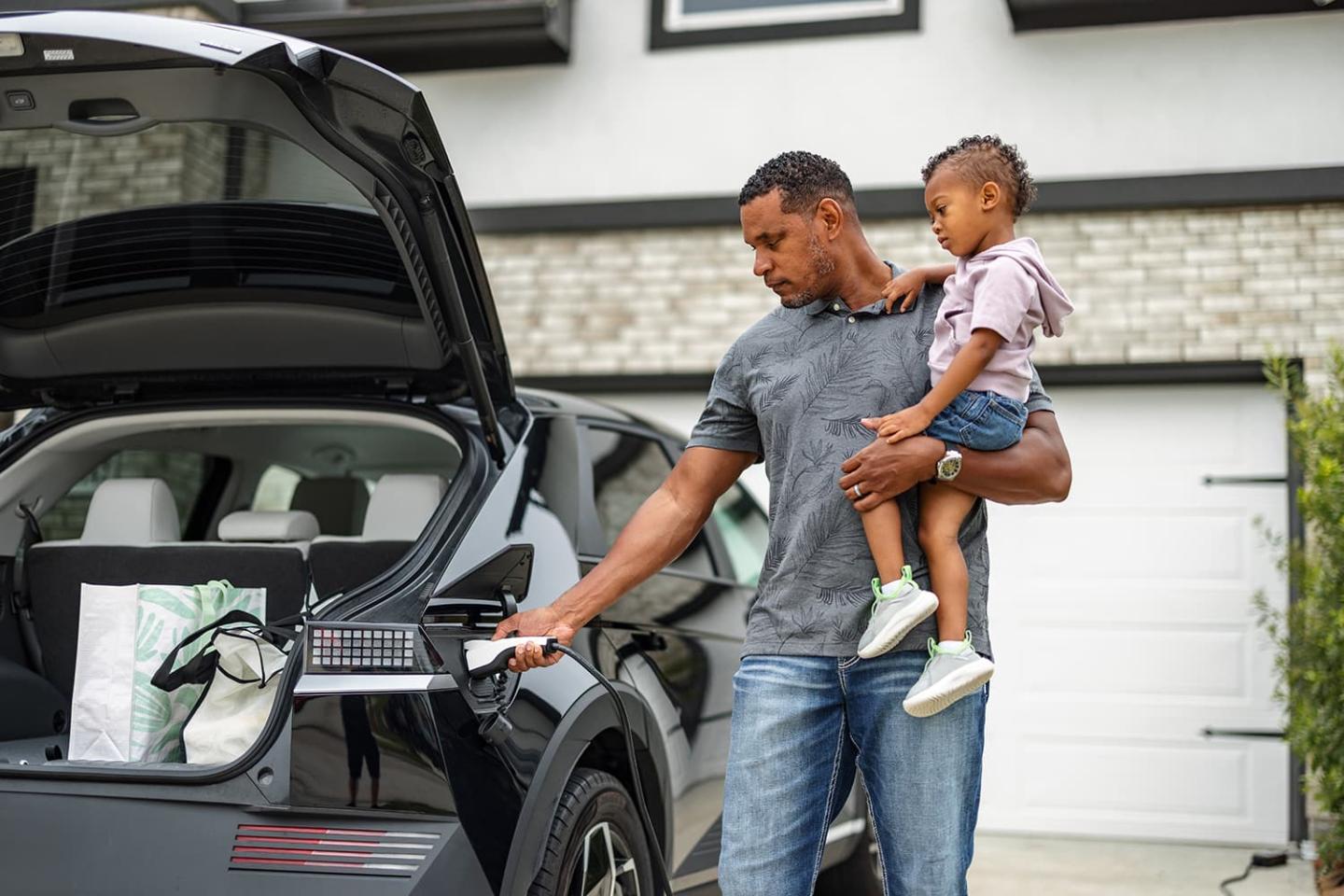This month’s good climate news
Fighting for the planet isn’t easy. These wins prove it’s worth it.
Clean school buses are still an option

Despite the Trump administration’s push to defund clean transportation, there is still “a cornucopia of funding options,” to bring electric school buses to districts, says Carolina Chacon, who manages the Alliance for Electric School Buses, an advocacy group.
Diesel school buses spew cancer-causing and asthma-inducing exhaust — and it doesn’t just pollute the neighborhood. Kids inside the bus breathe in this exhaust while riding to and from school. But electric school buses offer a cleaner, healthier option for resourceful communities.
The Clearinghouse of Electric School Bus Funding and Financing Opportunities lists more than 20 states offering grants, rebates, loans and other incentives, and EDF-affiliate Moms Clean Air Force also helps communities bring cleaner transportation to schools.
EV sales jumped nearly 30% globally

Over the first seven months of 2025, electric vehicle sales are up 27% globally compared to 2024. China leads the way with 6.5 million EVs sold. Europe comes in second with 2.3 million electric vehicle sales.
While EV sales in the U.S. have not seen the same robust growth as China and Europe, there was still a 2% increase, and experts predict a bump in U.S. sales before the federal EV tax credit expires at the end of September.
In New Orleans, a long-lost wetland is being restored

New Orleans recently marked the 20-year anniversary of Hurricane Katrina, a tragedy that inspired Rashida Ferdinand to help rebuild her community by creating the Sankofa Community Development Corporation, which is now helping transform a 40-acre, city-owned vacant lot into a healthy wetland.
A two-acre pilot restoration is already complete, and 10 more acres will be restored, bringing back native plants and including retention to hold water and protect against future flooding. The natural space also hosts fishing camps, kayakers, and educational activities in addition to being a peaceful part of the community.


